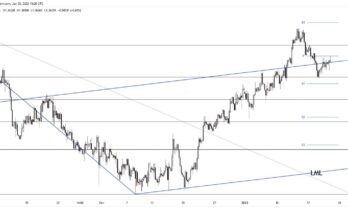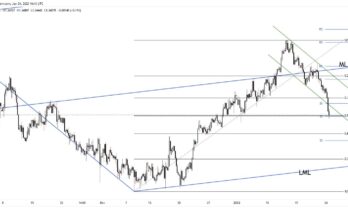The overnight session started off with weak industrial output data from China, adding to the confirmation of the country’s economic slowdown. Once increasing by close to 20% back in 2010, the country is now seeing industrial output rising only 7.2%, slower than the 7.6% expected, when compared to the previous year.
The rise in industrial production was the slowest in the last three months, and seems to be continuing on its downward trajectory because of weak demand from foreign purchasers. This does give a dovish indication for future rate movements; however, with the speculative surge in the mainland’s equity markets, continuing to cut rates may leave the PBoC adding further fuel to the fire in an already overheated market. At the time of this release, currency markets were mostly unaffected; however, the Shanghai Composite and Hang Seng Index both experienced short term fluctuations, slipping close to 0.2% before slowly recovering.
Yesterday saw Bank of Canada Governor Poloz give a pessimistic speech at the Economic Club, with the main theme being that global banks will have to reduce their financing to companies as tougher banking regulations take hold and that these efforts will be essential in preventing another financial crisis. With inflation recently rising for Canada, Poloz reiterated a dovish tone stating that the Canadian economy is about two years away from stable growth and that inflation targets will remain steady at the 2 percent mark.
South of the border, the United States was struck with a wave of positive economic data. Retail sales, unemployment claims, and import prices all came out positive for the US Economy. Taking the spotlight was retail sales which increased by 0.7% versus the expected 0.4% increase for the month. With the help of holiday shopping and lower gasoline prices, these numbers could add a strong boost to the confidence in the recovering US Economy. Subsequently, these data releases could also add an extra push to the Federal Reserve debate on when and how fast U.S. interest rates will rise. With the help of these events, the USDCAD managed to punch through the 1.15 mark, reaching levels unseen since July 2009.
Today’s North American economic calendar is highlighted by producer price index numbers from the US. The PPI index for the month of November missed analyst expectations by 0.1% with price levels decreasing by 0.2%. The soft producer price readings signal disinflationary pressure in the US economy since any decrease in producer prices is expected to eventually be passed onto the consumer. Today’s  data release will give market participants a good outlook towards future CPI numbers and overall inflation expectations in the American economy, and thus we’ve seen the greenback pullback slightly against the loonie; however the pair is still trading above the 1.15 handle. To finish off the week, the University of Michigan will be releasing their consumer sentiment survey numbers. With consumer sentiment as of November at post-recession highs but still remaining below pre-crisis norms, we can see room for improvement in consumer expectations.
In our latest podcast we talk about US jobs, the ECB’s dilemma, a run down of slippery oil and an interesting interview with Itai Furman.
Download it directly here.



